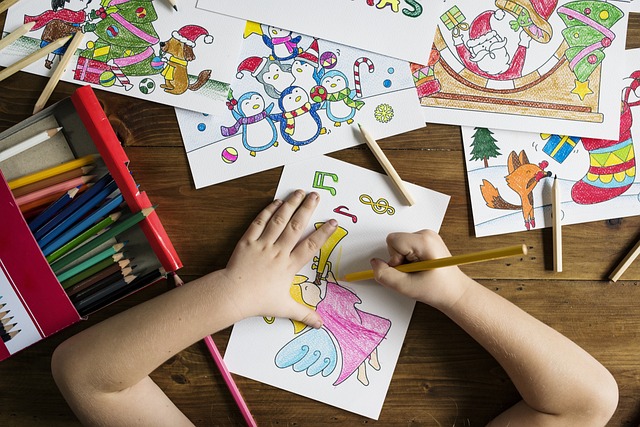As schools grapple with budget constraints and standardized testing pressures, art programs are often the first to face cuts. This trend, however, comes with significant drawbacks for student development and education quality.
Art is not just a creative outlet; it plays a crucial role in fostering critical thinking, emotional expression, and cultural awareness. Through artistic activities, students develop problem-solving skills and innovative thinking, which are valuable in all academic areas. Art also provides a means for students to process emotions and build emotional intelligence, essential for personal growth and mental health.
Moreover, art education enhances social skills through collaborative projects and boosts self-esteem as students create and share their work. Numerous studies have shown a positive correlation between art education and improved academic performance in subjects like math and science. Art fosters a well-rounded education, equipping students with diverse skills that are indispensable in today’s world.
Cutting art programs undermines these benefits, potentially stunting students’ overall development. Schools must prioritize art as an essential component of education, ensuring that every student has the opportunity to explore and benefit from the rich, transformative experience of artistic expression.

